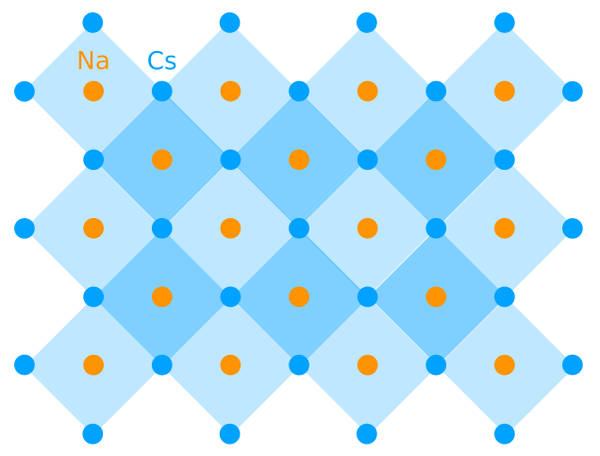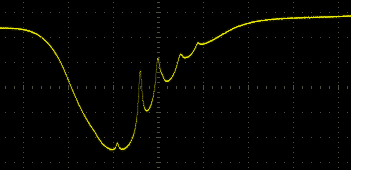
The Team: Kenneth Wang, Yu Wang, Ryan Cimmino, Dr. Fang Fang
Arrays of neutral atoms in optical tweezers have emerged as a promising platform for quantum computation and quantum simulation. The optical tweezer platform offers scalability as well as individual control of the atoms and their locations. The atoms interact controllably via excitation into Rydberg states, which can interact with each other via long-range van der Waals interactions.
Many schemes in quantum error correction or simulation involve a “control” atom and a “spin” or “science” atom, where the control atom is used to entangle the science atoms or to perform measurements of the science atoms. In our experiment, we use two atomic species, Na and Cs, to play the role of the control atom and the science atom, which naturally reduces the crosstalk when attempting to address one of the types of atoms. Using two species also enables us to more finely control the interactions in our quantum computer or simulator, since we can control which Rydberg states of the two species to excite to. Choosing the right pair of states can result in strong interactions between the science and control atoms but weaker interactions between control atoms or between science atoms, an ingredient in some entangling or simulation schemes.
In our system, we are working to create arbitrary optical tweezer arrays of both Na and Cs, along with motional ground state cooling of the entire array. We are also implementing the necessary Rydberg excitations to controllably excite the atoms into their interacting Rydberg states. Stay tuned for future progress!
